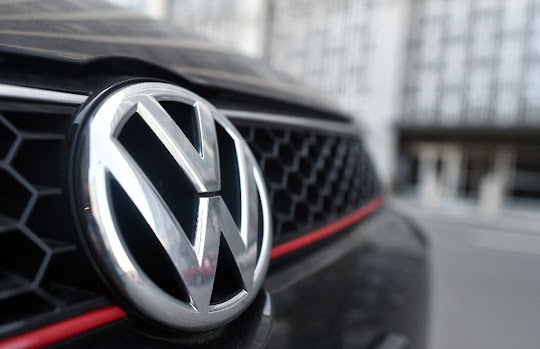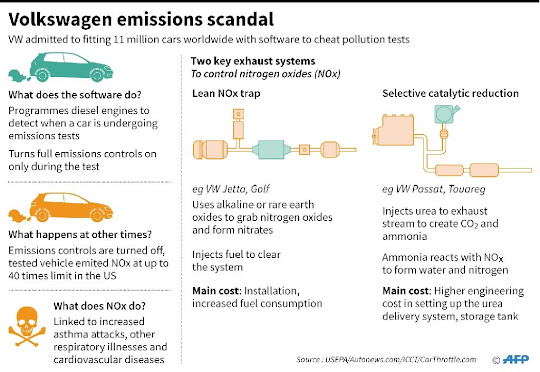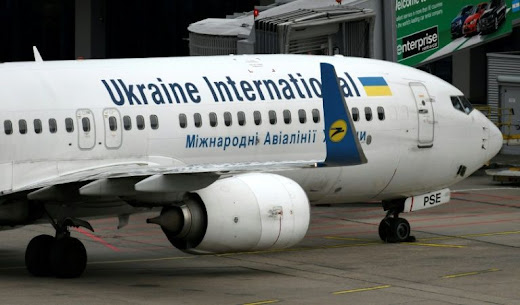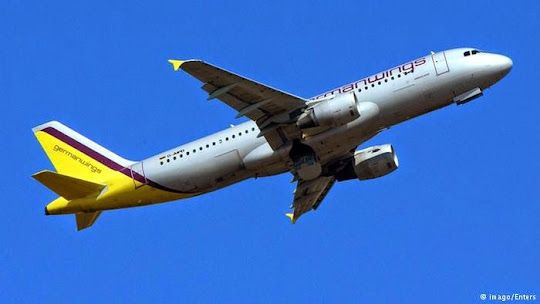 |
| A Tesla car displayed at the China (Shanghai) International Technology Fair in April this year. (Photo/Xinhua) |
Yu Xinquan,
one of the 31 Chinese buyers of Tesla's Model S, smashed a Tesla car at the
automaker's maintenance station in the Beijing suburb of Yizhuang on Friday to
vent his anger on the carmarker's delayed delivery, reports Guangzhou's 21st
Century Business Herald.
Yu had paid
a 250,000 yuan (US$40,000) deposit like other buyers of the Model S in October
last year. Prior to the expected delivery date in April this year, he filed a
complaint after he found he was not one of the first group of buyers who would
take delivery of the car. Tesla CEO Elon Musk promised some protesting buyers
that their cars would be delivered in eight weeks.
However, Yu
received a notice from Tesla China on June 18 that his car had been confiscated
by customs authorities in Tianjin over problems with the documents. Tesla had
to bring the consignment of cars back to the United States and submit the
paperwork again, a process taking three weeks. The buyers will thus not receive
their cars until next month.
The buyers
have also become angry after Tesla backtracked on promises to instal charging
devices. Previously, the automaker said it would provide the device, worth
US$1,200, for the buyers for free. A third-party company trained by Tesla would
install the devices on the cars and the buyers would only need to pay for the
installation. Tesla staff would drive the cars to the nearest charging station
to make sure the installation was completed successfully. Buyers from Shanghai
and Beijing, however, would have to install the charging devices by themselves.
However, in
early June, Tesla China chief Wu Bixuan said buyers from outside the two cities
had agreed to install the device on their own. Their cars would clear customs
soon and be delivered, Wu said.
When Yu was
informed that his car was stuck in customs, he agreed to take instead the car
that has been on displayed in China, which Tesla said is brand new. However, Yu
went to the showroom and smashed the car instead, telling the 21st Century
Business Herald that he would never accept a second-hand vehicle.
He accused
Tesla of failing to deliver his car at the earliest opportunity or deliver his
car in six weeks after the automaker apologized, install charging devices for
the 31 buyers as promised and provide limited-edition plates. Yu said Tesla has
also put the phone numbers of protesting buyers on a black list and refuses to
offer them services.
Related Articles:





























